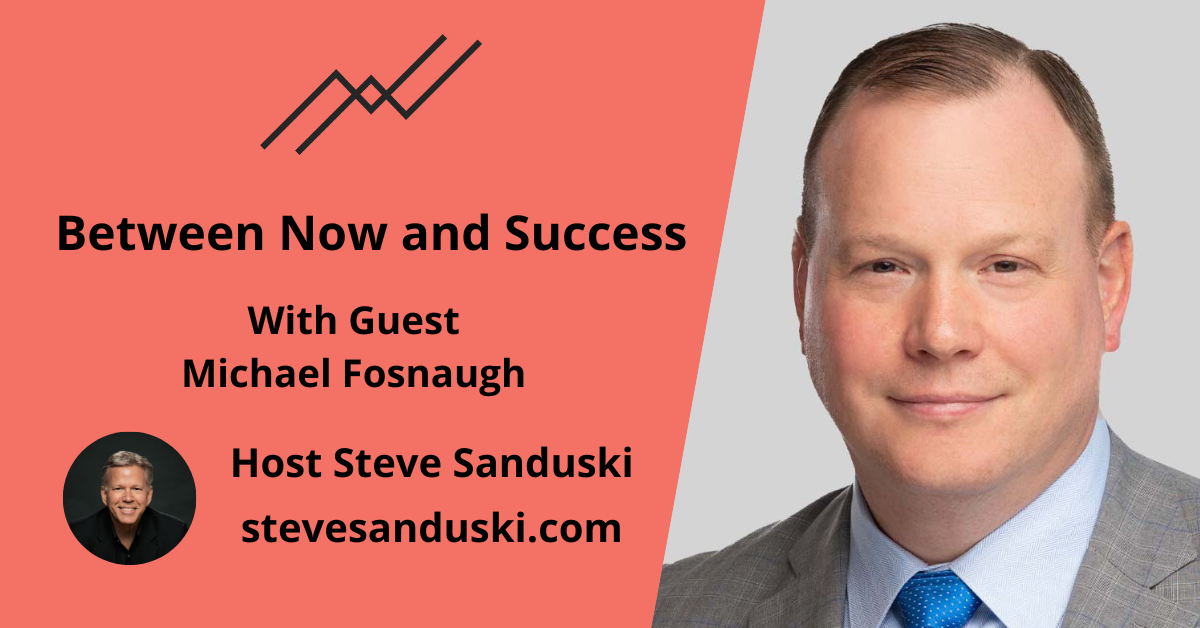Michael Fosnaugh is a Chicago-based Senior Managing Director and Co-Head of the Flagship Fund at Vista Equity Partners (Vista). Vista has over $95 billion AUM and over 20 years of experience investing exclusively in enterprise software.
I talked to Michael about the opportunity in private equity and how he and his team analyze and invest in the B2B software market.
“Making it the best it can possibly be.”
Vista was founded by Robert F. Smith in the aftermath of the early 2000s Dotcom crash. Tech company valuations were cratering, but interest in tech was still high thanks to the exploding popularity of the internet. Vista established a model for investing in established, good-to-great companies that needed some optimization.
“We don’t do venture capital investing,” Michael explains. “We don’t take technology risk. We don’t take business model risk. The businesses we’re investing in are typically around 10 years old, so they’ve been through renewal cycles, they’ve proven that their technology works and is scalable by having thousands and thousands of customers.”
So if VC is a gamble on a promising startup, Michael says that Vista’s private equity model is more like buying a house. The firm uses a combination of capital from limited partners, in-house capital and bank debt to make a purchase, the asset accrues in equity while the bank debt gets paid down, and hopefully value peaks during a buyer’s market.
“Where we spend most of our time here at Vista, it’s how do you go find that fixer-upper or something that’s just not reached its full potential,” Michael says. “And then ultimately buy it, pour your blood, sweat, and tears into making it the best it can possibly be, sell it, and make more.”
“The best business model I’ve ever seen.”
Drilling down specifically into the B2B software space, Michael estimates that by 2025 the market will expand to more than 100,000 companies, 97% of which will be private. These smaller companies don’t always make huge headlines, but they’re driving significant — and investible — growth well beyond social media, consumer tech, and SEO.
“The way we think about it, software is the product that powers and automates pretty much everything you see in your day-to-day life,” Michael says. “It literally touches pretty much everything you can think of. In the world today it’s pretty ubiquitous. You can go through various industry subsegments and verticals and ultimately, underneath it software is some way shaping or changing those industries. In addition, I believe that software is just the best business model I’ve ever seen, specifically if it’s an IP-based business model. You can literally build a piece of software, replicate it almost infinitely, and it doesn’t really cost you anything more. It’s not a widget that you have to go out and manufacture, pay for all the costs to get sold and all these other types of things. It’s IP. It’s software code at its core. And ultimately, that allows you to grow and scale this business and sell it on a license model or on a subscription basis for somebody to keep using it.”
In addition to those perpetual subscription revenues, Michael also points to cloud computing as a big plus for enterprise software. Using Amazon Web Services or another existing framework keeps B2B software companies lean and efficient. And Michael estimates the move to the cloud is only around 40% done.
“I think there’s going to be a lot of opportunity in terms of continuing to move to the cloud,” he says. “From there, there’s going to be a lot of data that’s generated. Now you move all that to a centrally located, much more accessible place like the cloud, you’re really able to do things with that data in terms of optimization and tweaking of the different business processes, and running analytics on that data at scale. That’s the true promise of cloud software, ultimately: really breaking down a lot of those siloed walls and what you can build as that second-order effect off of having all that data in one easy, accessible place.”
“That’s not the world we live in today.”
Even for advisors and clients who are interested in alternative investments, software and the broader tech sector might seem like a tough sell right now. But Michael draws some important distinction between today and 2000-2001. For one, the companies that didn’t survive the Dotcom crash largely lacked workable business models to begin with. Today, we’re seeing high interest rates and inflation take some of the air out of companies that put growth ahead of profits when money was cheap. But many of these companies have already started refocusing on profitability to win back hearts on Wall Street. And the smaller B2B companies that Vista invests in tend to be high potential, sustainable businesses that can offer real value to the right kind of investor.
“If you want exposure to that high-growth, exciting area, you need somebody that has exposure to that private market,” Michael says. “It’s been fairly easy to make money in software the last 10 years because everything’s been up and to the right. That’s not the world we live in today. One of the things about Vista is we know how to manage through cycles because we’ve been there and done it for over 22 years now. When the waters start getting choppy, people look for people that have navigated those waters before. And they see Vista as a safe pair of hands to try to help our companies manage through environments like this. I believe we’re going to be quite successful coming out the other side.”
Want to view more content from CAIS’ Alternatives Investment Summit? Sign up for their learning platform, CAIS IQ. To learn more about Vista, follow the firm on social media: YouTube, Instagram, Facebook, Twitter and LinkedIn.





